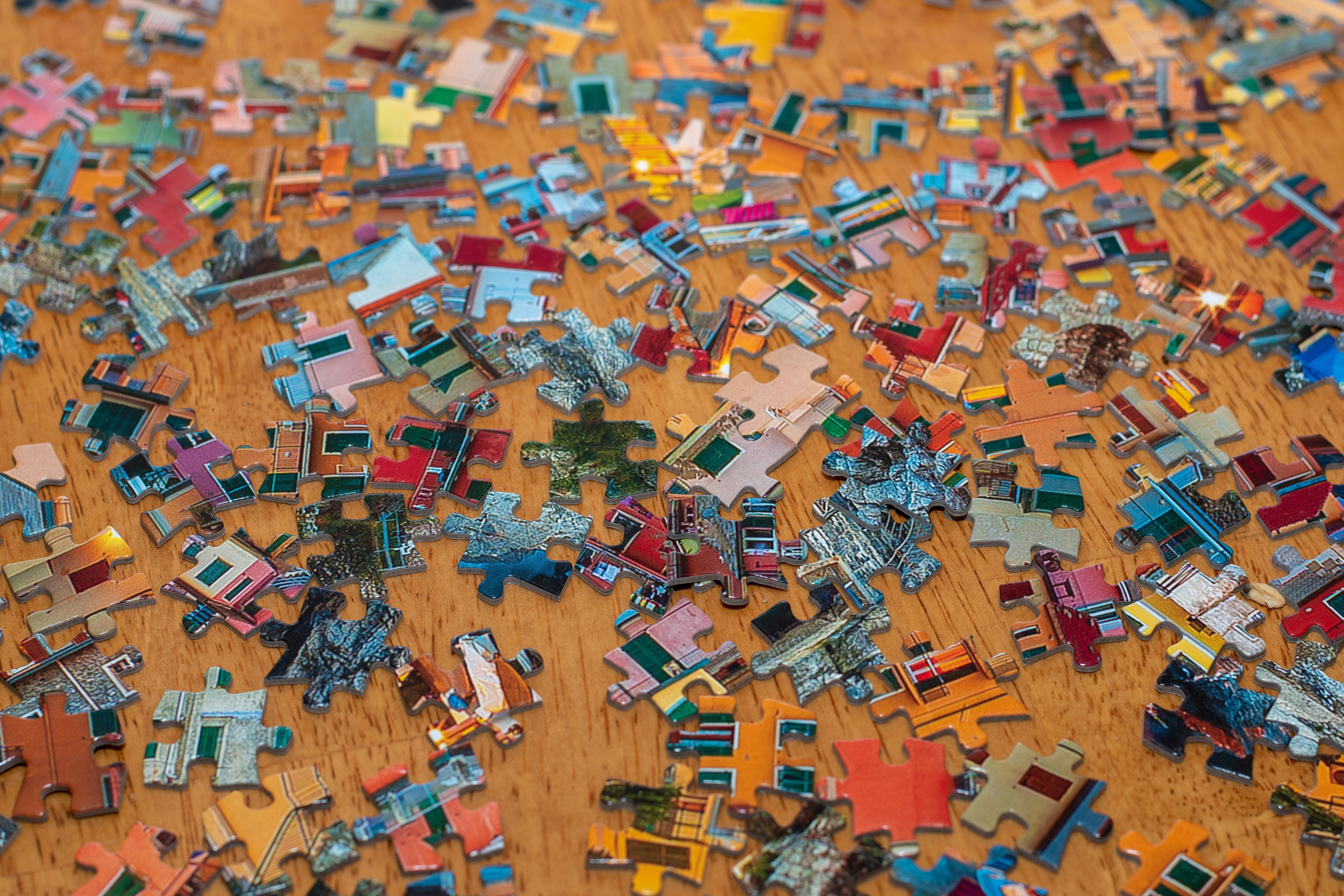
Quantum Cryogenic Engineer: Career Opportunities and Essential Skills
Quantum computing stands at the cutting edge of technological innovation, with the potential to revolutionise industries ranging from pharmaceuticals to cybersecurity. Unlike classical computers, which rely on binary bits, quantum computers use quantum bits, or qubits, to perform computations at speeds and efficiencies previously unimaginable. However, these qubits—especially those based on superconducting materials—require an environment of extreme cold, often reaching temperatures as low as 15 millikelvin (mK), to function correctly. This is where the expertise of a Quantum Cryogenic Engineer becomes essential.
A Quantum Cryogenic Engineer is responsible for designing, developing, and maintaining the cryogenic systems that keep quantum computers at the ultra-low temperatures they require. This highly specialised role merges aspects of physics, engineering, and advanced technology to address one of the most significant challenges in quantum computing: thermal management.
The Importance of Cryogenics in Quantum Computing
The potential of quantum computing hinges on the ability to manipulate and maintain qubits in a coherent state. For superconducting qubits, this necessitates an environment where electrical resistance is entirely absent—a condition that can only be achieved at cryogenic temperatures. The importance of cryogenics in quantum computing cannot be overstated. Without it, superconducting qubits would not function, and the entire promise of quantum computing would be unachievable.
Maintaining these ultra-low temperatures presents the constant challenge of countering thermal noise. Even the slightest thermal fluctuation can cause qubits to lose their quantum state, a phenomenon known as decoherence, which leads to computational errors. Cryogenic systems must therefore be meticulously designed and maintained to ensure that quantum computers remain in their optimal operating conditions.
Understanding Cryogenic Systems: The Dilution Refrigerator
At the heart of a quantum cryogenic system is the dilution refrigerator. This sophisticated equipment is the backbone of low-temperature physics, capable of cooling systems down to millikelvin temperatures. Understanding how a dilution refrigerator operates is fundamental for any Quantum Cryogenic Engineer.
A dilution refrigerator functions by exploiting the properties of helium-3 and helium-4 isotopes. These two isotopes of helium, when mixed, create a solution that naturally separates into two phases at low temperatures: a concentrated phase rich in helium-3 and a dilute phase with a smaller concentration of helium-3. The cooling effect arises from the process where helium-3 atoms move from the concentrated phase to the dilute phase, absorbing heat in the process. This absorption of heat effectively lowers the temperature of the system.
Operating a dilution refrigerator is not only based on complex thermodynamics but also requires precise control and monitoring. This involves a combination of vacuum systems, heat exchangers, and low-temperature thermometry, all working together to achieve and maintain the desired cryogenic environment. A Quantum Cryogenic Engineer must be well-versed in the design, operation, and troubleshooting of these systems.
Thermal Modelling: A Crucial Skill for Quantum Cryogenic Engineers
Thermal modelling is a critical component of the work carried out by a Quantum Cryogenic Engineer. Given the extreme sensitivity of quantum computing systems to temperature fluctuations, it is essential to accurately predict and manage the thermal behaviour of the cryogenic system. Thermal modelling involves simulating the heat transfer processes within the system, identifying potential sources of thermal noise, and designing solutions to mitigate these effects.
For example, thermal modelling can assist in optimising the design of the dilution refrigerator, ensuring that heat exchangers are positioned in the most effective locations and that all components are thermally insulated to minimise unwanted heat transfer. It can also be used to analyse the thermalisation of different materials and components within the quantum computer, ensuring they cool down uniformly and do not introduce thermal gradients that could affect the performance of the qubits.
A strong foundation in thermal physics, combined with experience in computational modelling tools such as finite element analysis (FEA), is essential for a Quantum Cryogenic Engineer. This expertise allows engineers to predict the thermal performance of their systems and make informed decisions during the design and operation phases.
Thermometry Techniques: Measuring the Cold in Quantum Computing
In any cryogenic system, accurate temperature measurement is crucial. Thermometry at millikelvin temperatures is far more challenging than at higher temperatures due to the non-linear behaviour of materials at these extremes. Therefore, a Quantum Cryogenic Engineer must be proficient in the various thermometry techniques used to measure and monitor temperatures in quantum computing systems.
Common techniques include resistance thermometry, where the resistance of a material changes predictably with temperature, and noise thermometry, which measures the thermal noise generated by a resistor at a given temperature. Additionally, specialised devices such as ruthenium oxide sensors, platinum resistance thermometers (PRTs), and superconducting quantum interference devices (SQUIDs) are often employed to measure temperatures with high precision.
Selecting the appropriate thermometry technique depends on the specific requirements of the quantum computing system, including the temperature range, desired accuracy, and the environment in which the measurements are taken. A Quantum Cryogenic Engineer must have the expertise to choose and implement the correct thermometry solution for each application.
Low-Temperature Engineering: Overcoming the Challenges in Quantum Cryogenics
Low-temperature engineering presents a unique set of challenges that extend beyond traditional engineering disciplines. At cryogenic temperatures, materials behave differently—metals can become superconductors, thermal conductivities change drastically, and even the smallest heat leak can have significant consequences. A Quantum Cryogenic Engineer must understand these phenomena and apply this knowledge to the design and maintenance of quantum computing systems.
One of the primary challenges in low-temperature engineering is minimising heat input into the cryogenic system. This requires careful selection of materials, components, and design strategies that reduce thermal conductivity and prevent thermal radiation. For example, using materials with low thermal conductivity, such as stainless steel, for support structures, and employing multi-layer insulation (MLI) to prevent radiative heat transfer, are standard practices in cryogenic engineering.
Another challenge is ensuring the reliability and stability of the cryogenic system over long periods. Quantum computers often need to operate continuously for extended durations, making system reliability a critical concern. This involves not only robust design but also the implementation of monitoring and diagnostic tools that can detect and address potential issues before they lead to system failures.
Career Opportunities for Quantum Cryogenic Engineers in the UK
The demand for Quantum Cryogenic Engineers is closely tied to the growth of the quantum computing industry. As more companies and research institutions invest in quantum technology, the need for specialists who can design and maintain the cryogenic systems that support these technologies is increasing. Quantum Cryogenic Engineer jobs are becoming more prevalent as the industry expands, offering numerous opportunities for skilled professionals.
Job opportunities for Quantum Cryogenic Engineers can be found in various sectors, including academia, government research laboratories, and private industry. Companies developing quantum computers, such as IBM, Google, and D-Wave, are particularly active in recruiting engineers with expertise in cryogenics. Additionally, there are opportunities in related fields, such as superconducting electronics, where cryogenic environments are also required.
The role is not only critical but also highly rewarding, offering the chance to work on some of the most cutting-edge technologies of our time. Quantum Cryogenic Engineers play a pivotal role in making quantum computing a reality, contributing to advancements that have the potential to transform industries and society as a whole.
Future Trends and Innovations in Quantum Cryogenic Engineering
As quantum computing technology continues to evolve, so too will the field of cryogenic engineering. One area of ongoing research is the development of more efficient and scalable cryogenic systems. Current dilution refrigerators, while effective, are complex and expensive to operate. Researchers are exploring alternative cooling methods, such as adiabatic demagnetisation or the use of cryocoolers, which could potentially offer more practical solutions for large-scale quantum computers.
Another trend is the integration of cryogenics with other advanced technologies. For example, there is growing interest in combining quantum computing with cryogenic electronics, which would allow for more compact and efficient systems. This could lead to the development of cryogenic chips that operate at millikelvin temperatures, reducing the need for extensive cooling infrastructure.
Moreover, as the quantum computing industry matures, there will likely be increased demand for standardised cryogenic systems and components. This could lead to the development of modular cryogenic platforms that can be easily integrated into different quantum computing architectures, streamlining the process of building and maintaining quantum computers.
Conclusion
The role of a Quantum Cryogenic Engineer is vital to the advancement of quantum computing. By designing and maintaining the cryogenic systems that enable qubits to function, these engineers are at the forefront of one of the most exciting and transformative fields in modern technology. With a strong educational foundation, practical experience, and a commitment to continuous learning, aspiring Quantum Cryogenic Engineers can look forward to a challenging and rewarding career in this rapidly growing industry.
As the demand for quantum computing continues to rise, so too will the need for skilled professionals who can overcome the unique challenges of cryogenic engineering. For those with a passion for both physics and engineering, and a desire to work on technologies that have the potential to change the world, a career as a Quantum Cryogenic Engineer offers unparalleled opportunities.
Frequently Asked Questions (FAQs)
1. What does a Quantum Cryogenic Engineer do?A Quantum Cryogenic Engineer designs, develops, and maintains the cryogenic systems that keep quantum computers at the ultra-low temperatures they require to function correctly.
2. What educational background is required to become a Quantum Cryogenic Engineer?Typically, a Bachelor's degree in Physics or Engineering is the minimum requirement, although a Master’s or PhD in a related field is often preferred.
3. What is a dilution refrigerator?A dilution refrigerator is a cryogenic system that uses helium-3 and helium-4 isotopes to cool systems down to millikelvin temperatures, which is essential for operating quantum computers.
4. Why are cryogenic temperatures necessary for quantum computing?Cryogenic temperatures are necessary to maintain the superconducting state of qubits, which allows them to perform quantum computations without resistance and with minimal thermal noise.
5. What skills are important for a Quantum Cryogenic Engineer?Key skills include knowledge of cryogenic systems, thermal modelling, thermometry techniques, low-temperature engineering, and familiarity with quantum mechanics.
6. What industries employ Quantum Cryogenic Engineers?Quantum Cryogenic Engineers are employed in academia, government research laboratories, and private industry, particularly by companies developing quantum computers.
7. What is thermal modelling, and why is it important?Thermal modelling involves simulating the heat transfer processes within a cryogenic system to predict and manage its thermal behaviour, which is crucial for maintaining the stability of quantum computers.
8. Are there alternative cooling methods being researched for quantum computers?Yes, alternative cooling methods such as adiabatic demagnetisation and the use of cryocoolers are being researched to provide more efficient and scalable solutions for quantum computing.
9. How do I gain practical experience in cryogenics?Practical experience can be gained through internships, research projects, or working in laboratories that specialise in cryogenics or quantum computing.
10. What is the future outlook for Quantum Cryogenic Engineers?The future outlook is very positive, with increasing demand as quantum computing technology advances and becomes more widely adopted across various industries.


